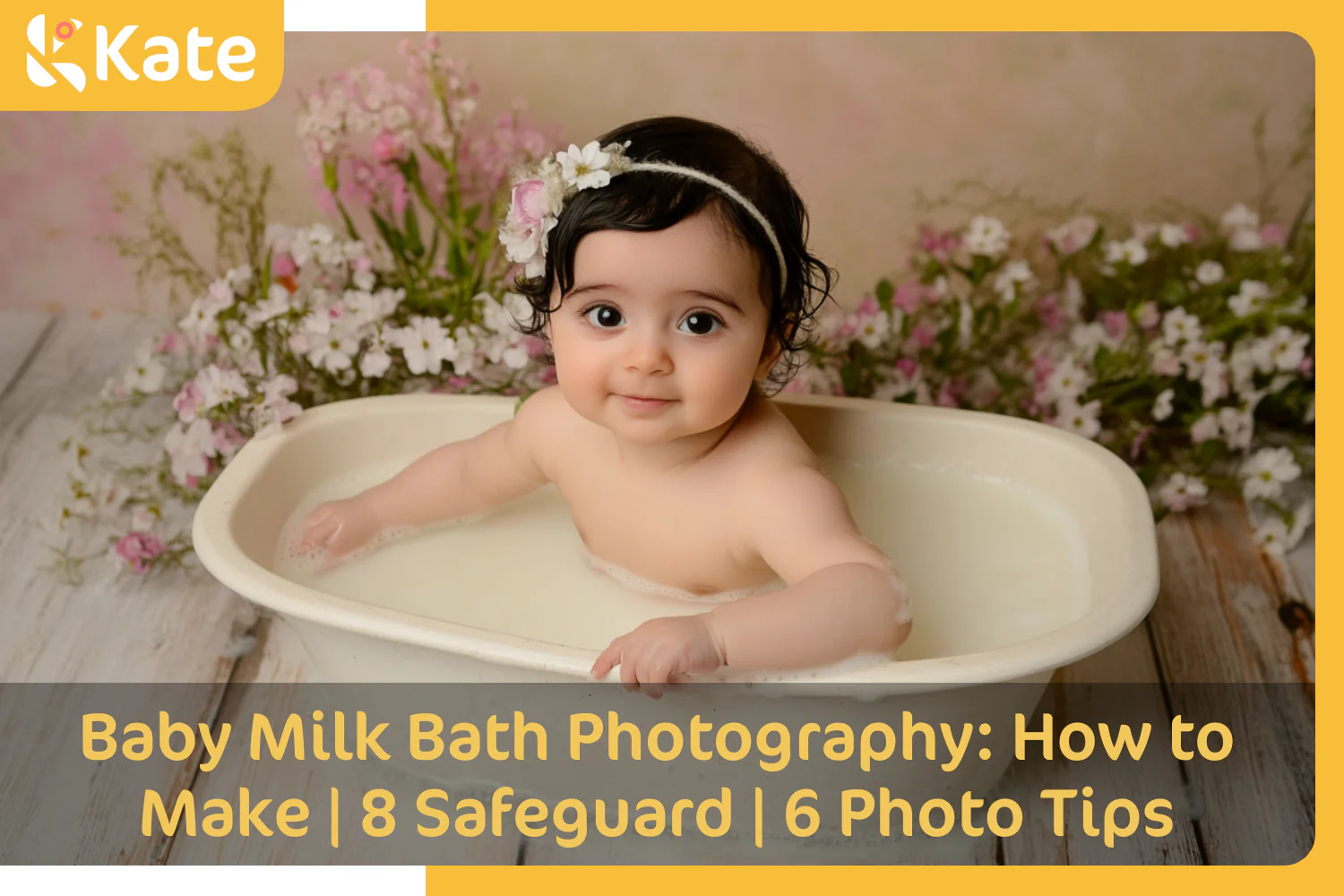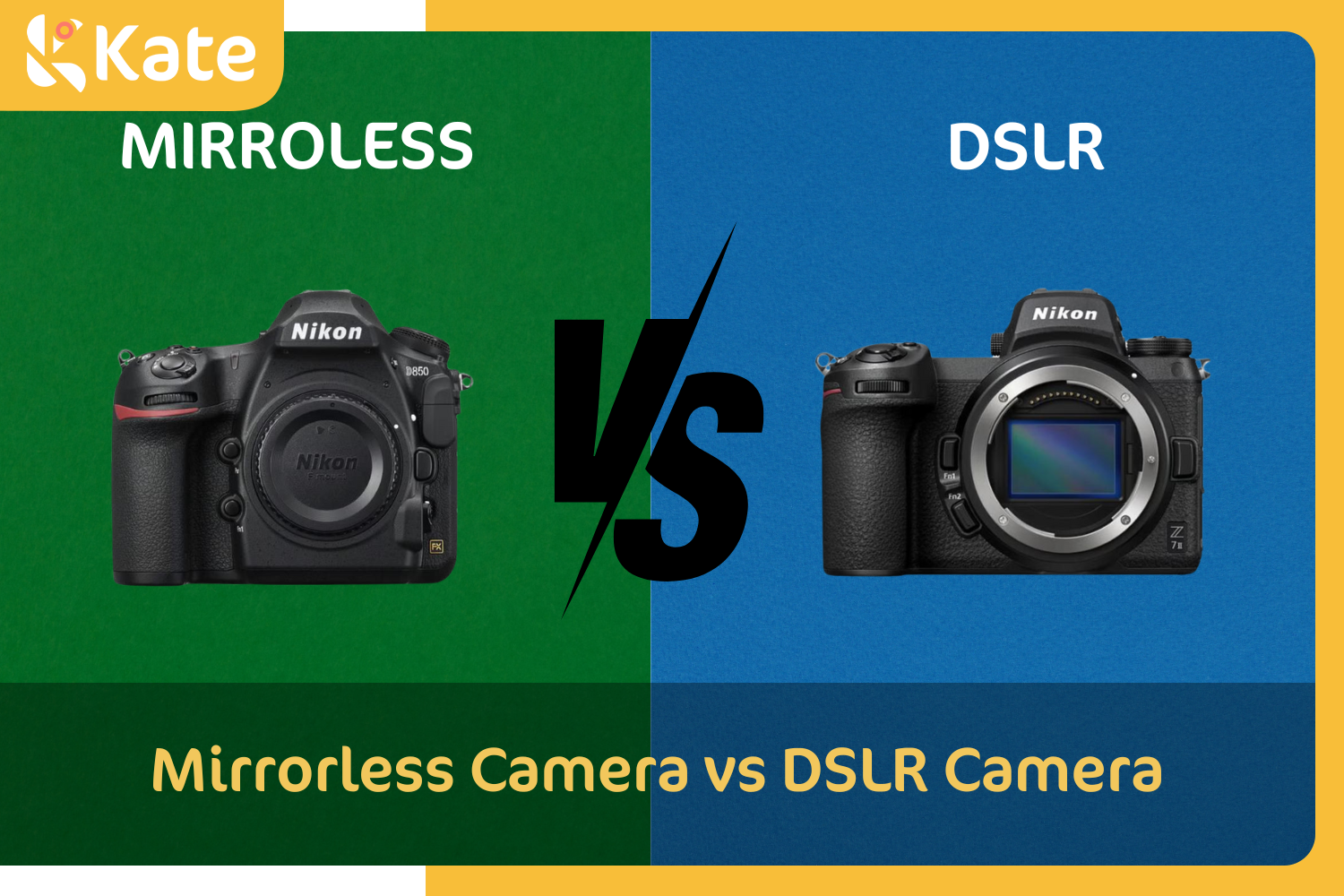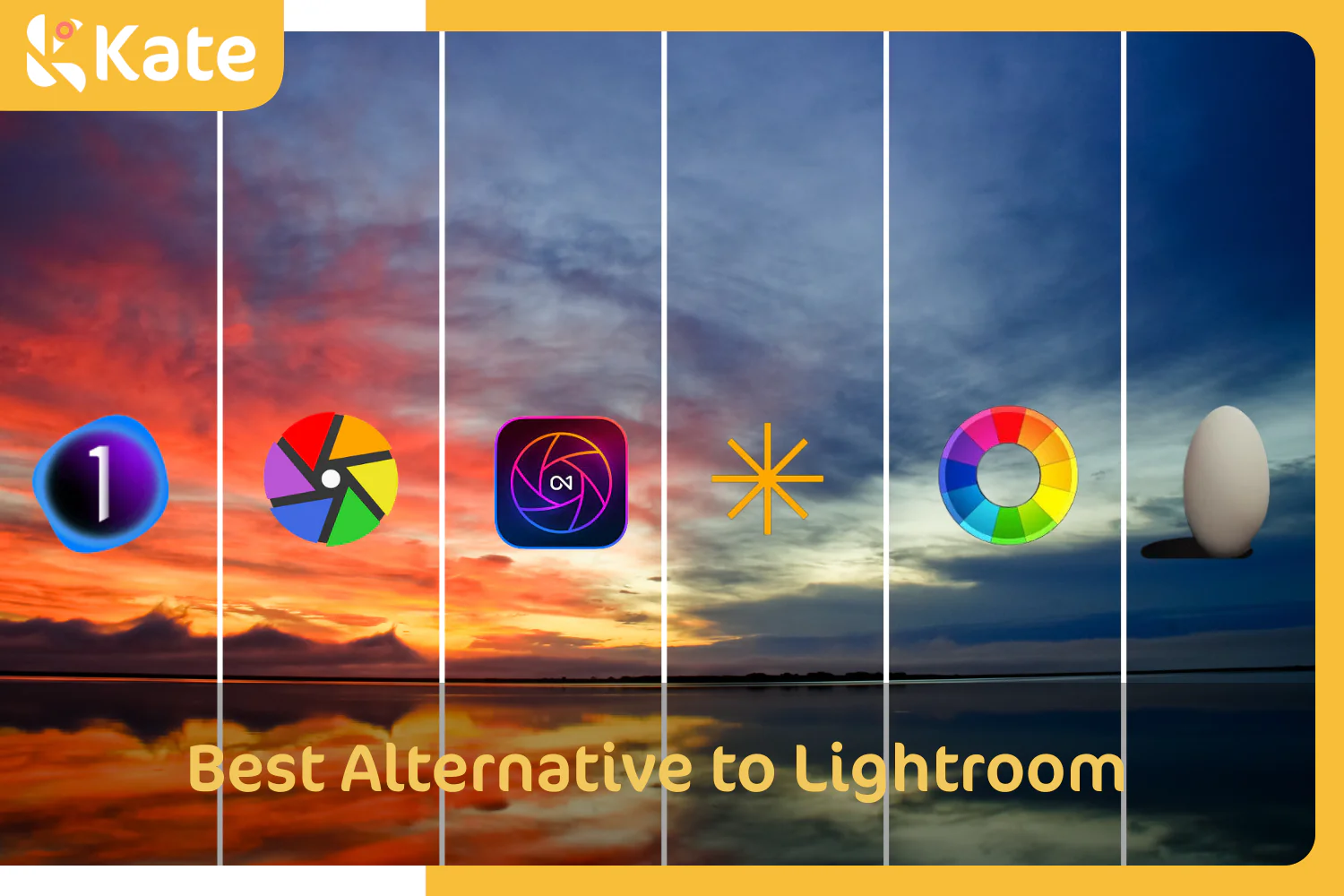21 Types of Photography Ultimate Guide & Tips

This guide provides various photography genres, ranging from portrait and landscape photography to more specialized fields like macro, newborn, documentary, conceptual and street photography. It is your comprehensive guide, whether you are just beginning your photography journey, want to broaden a hobby you’ve been at for years, or a true pro.
The guide covers 8 main types of photography and discusses 21 of their sub-genres including their definition, unique characteristics, equipment recommendations for each, and tips and techniques for success. Throughout, you’ll discover new types of photography you want to try and deepen your understanding of your favorite styles.
- Portrait Photography
- Event Photography
- Nature Photography
- Urban Photography
- Commercial Photography
- Fine Art Photography
- Travel Photography
- Adventure Photography
Portrait Photography
Portrait photography involves capturing the personality of a person or group of people by showing their expression, what they typically wear or posing in a way that captures their style or character. Important features of good portrait photography are lighting, how lighting position and pose work together, backdrops and other props when appropriate.
Portrait photography is usually done in a studio, but portraits are sometimes taken outside, especially when the subject or subjects enjoy the outdoors or want to pose in a location special to them. General rules of composition and post-processing are important parts of producing the very best portraits.
Popular types of portrait photography include individuals, families, babies, boudoir, fashion, glamor, business, candid, black and white, and pets.
The top camera options are full-frame DSLR and mirrorless cameras like the Canon EOS R5, Nikon Z7 II and Sony A7R. Choose a compatible 50mm or 85mm prime lens or a flexible 24-70 zoom. Lighting needs include continuous lighting LED panels, strobe lights, softboxes, diffusers and reflectors.
1. Family Photography
Family photography is a type of portrait photography that is enjoyed by families of all ages including multi-generational families. The purpose is to capture the special relationship bonds between members of the family. Various combinations of family members are often posed together. Natural poses and candid poses are preferred for family portrait photography. Common settings include a studio or a location meaningful to them such as their home, a forest or beach. The scene should be neutral and uncluttered to keep the focus on the family members. Their clothing is often coordinated for visual appeal and togetherness.

Composition keys such as the rule of thirds, lighting, and posing are essential elements of good family photography. It is important for the photographer to give friendly but clear instructions for posing, spacing and where to look during the shoot.
2. Newborn Photography
The purpose of newborn photography is to capture special moments at this quickly passing stage. The best age for newborn photography is between 7 days and 2 months, a period when the child sleeps more and is easier to pose. Natural poses are best, such as a swaddled baby or the baby on all fours or curled up on its side. Baby and parent images are often included in the shoot.

An appropriate backdrop and props such as cuddly blankets and stuffed animals are common. It is best to keep colors gentle, not overwhelming, though textures add interest. Lighting is typically soft, and natural when possible. Also diffusers or reflectors harsh shadows for a softer composition. And post-processing tools can balance color and reduce skin blemishes on the newborn.
3. Fashion Photography
Fashion photography typically involves using paid models to model closing, jewelry and other accessories to make them appear as visually beautiful as possible. It is usually commercial photography showing current styles for the purpose of advertising, print or online publication. But it can be solely an artistic pursuit.

Prepping the model with makeup, hair, clothing and jewelry that coordinates well together is necessary for good fashion photography.
Professional lighting and advanced techniques are employed to showcase style details such as colors, textures and fit. Posing models and composing shots to draw attention to featured details is essential.
4. Boudoir Photography
Boudoir photography is a type of portrait photography that exudes sensuality or romance. The shoot typically takes place in a bedroom or in a studio set up as one. The photos are often done as a gift to a partner.

Essential elements of boudoir portrait photography are intimate clothing, makeup, and hair styling that make the subject feel beautiful. Posing direction is provided to present emotion, seduction, confidence, power, desire or other preferred mood. Lighting equipment to produce a soft, sensual setting is used. Camera settings are chosen to capture skin, hair and clothing details in the most visually attractive way.
Event Photography
In event photography, the photographer interacts with people at special occasions such as weddings, sports events, corporate events, and newsworthy events to tell the story of what happened. It requires working quickly, because the photographer gets just one chance to capture candid or important moments that can’t be recreated.
Lighting during event photography can’t be controlled in the way you can control studio lighting. A professional camera and lens with good low-light performance and fast autofocus is needed. A hot shoe flash or remote flash is useful. Technical skills are essential such as working in changing lighting conditions, quickly composing shots, a thorough knowledge of your camera’s settings and flash capabilities, and post-processing tools for improvements to color, exposure, white balance and framing/cropping the image.
A full-frame camera is standard for weddings, but a compact camera gives you greater mobility at the reception when you’re looking for candid shots. The Nikon Z6 II mirrorless and Canon EOS R6 Mark II mirrorless are great full-frame choices, while many photographers also employ a compact camera with a 1-inch sensor like the Sony RX100 VII or Canon PowerShot G5 X Mark II.
5. Wedding Photography
Wedding photography tells the love story of the big day, from preparation, the ceremony, followed by the reception. Wedding photographers must work well with people, give gentle direction for planned shots and be able to blend into the events for candid shots. Attention to detail and special moments is critical.

Wedding photographer equipment essentials include a full-frame DSLR or mirrorless camera body and a range of lenses including a 24-70mm zoom, 70-200 telephoto, prime lenses from 35mm to 85mm and a wide-angle lens. For posed couple and group shots, an external flash, off-camera lighting and diffusers or reflectors are useful. Good post-processing tools and skills are needed in wedding photography.
6. Sports Photography
Sports photography requires equipment and skills to capture the action with sharp clarity even when subjects are moving rapidly. A camera and lens with speedy autofocus, fast shutter speeds, and zoom capabilities are essential. Shooting in continuous or burst mode allows you to choose the best shot in a sequence. A monopod helps with stability. Post-processing assists with image composition, color and exposure.

Sports photographers learn where to position themselves, changing often, to get the best shots given the changing dynamics of the sporting event. Changing angle or elevation can be rewarded with outstanding images.
7. Documentary Photography
Documentary photography is designed to accurately tell a story, capturing the environment and emotion in a cohesive way. Patience is needed. Authenticity – photos showing plainly what happened without staging or manipulation of images – is critical.

To work in documentary photography requires excellent compositional skills, a focus on details, a fast camera and lens, especially one capable of getting good shots in poor lighting. As with all event photography, post-processing tools are used to adjust color, contrast and exposure while maintaining the integrity of the photograph.
8. Editorial Photography
The purpose of editorial photography is to capture scenes in a way that supports a narrative in order to influence how people think about people, news, fashion, views or events. To do so requires a creative approach to framing the photos taken in this type of event photography.

Getting good editorial photos requires control over lighting and posing. Composition tips include using the rule of thirds, leading lines, and negative space to present the subject to fit the narrative. A full-frame camera and a range of prime and zoom lenses are standard. Post-processing is essential for crafting final images that support the editorial purpose.
Nature Photography
Nature photography requires excellent equipment, good camera skills like manual camera focusing, patience and knowing where and when to be at a certain place. Top types of nature photography are wildlife photography, landscape photography, macro photography and astrophotography.
Nature photographers use the rule of thirds, negative space, leading lines and an understanding of how camera settings impact depth in the foreground to the background. They understand the use of natural lighting at all times of the day including the golden hour after sunrise and before sunset. Post-processing skills assist the photographer in getting nature photography images that fit their vision for the shoot.
The camera and lenses used for nature photography should perform well in low-light conditions, have super-fast autofocus and fast shutter speed capabilities. Consider the Nikon Z8 or the 61-megapixel Sony A7R V.
Lenses include wide angle 24mm or 35mm, prime lenses 50mm and 85mm, a 24-70 zoom and 70-200 telephoto. 300mm and 400mm telephoto lenses are used for very long distances to the subject.
9. Landscape Photography
Good landscape photography relies on proven composition skills, excellent understanding of natural lighting at different times of the day, and using the right equipment to get photos with the depth of field you desire. Experimenting in black and white mode can make the best use of light and shadow, ala Ansel Adams. And the skilled use of polarizing and neutral density ND filters enhance your ability to get outstanding landscape photos in various conditions.

Thoroughly know how your camera’s settings impact exposure and color. Understand how different lenses portray the scene in this type of nature photography, giving you shots that bring out textures and details.
10. Wildlife Photography
Successful wildlife photography requires a camera and lenses with speedy autofocus and the ability to capture moving subjects in low-light conditions. A full frame camera with wide angle, prime, zoom and telephoto lenses are standard equipment. Knowing what settings to use in changing lighting conditions is essential for good exposure and color.

As in all types of nature photography, composition skills like the rule of thirds, balancing subjects in the frame and using leading lines produce higher quality photographs. Post-processing is used to adjust composition framing, and improve exposure, color and white balance.
11. Macro Photography
Macro photography, or macrophotography, is the art of capturing small things in intriguing ways. It emphasizes details, textures, fine color variations in living and non-living subjects. A camera fitted with a macro lens is the ideal combination for macro photography. A tripod with a remote shutter release is often used to eliminate shake and blur.

Macro photography composition focuses on simple, uncluttered images. A shallow depth of field may be used to blur the background and isolate the subject. Photographers experiment with angle changes to get the most interesting shots. Soft, reflected or diffused light prevents glare or harsh shadows that detract from the image.
12. Astrophotography
Astrophotography, or night photography, subjects include the moon, stars and other celestial objects. Dark sky locations, and clear or partly clear skies are best. Moonless nights are ideal for taking deep-sky photos. Good images require exposure times of 15 seconds or more, high ISO settings, and a very still camera. Use a tripod and remote shutter release to keep the camera still and prevent blur.

Preferred equipment includes a full-frame mirrorless or DSLR camera, and a 14mm or 24mm wide angle lens with f/2.8 aperture or lower. A telephoto lens or a camera mounted to a telescope are commonly used.
Urban Photography
Urban photography includes architectural photography, street photography and other photography types in a city setting. Some documentary photography focuses on urban settings.
The subjects of urban photography are buildings, bridges, rail systems, people, street scenes, and urban events. Dynamic colors, movement and structure are key elements.
Composition rules of urban photography include leading lines, the rule of thirds, patterns and symmetry, balance and using natural framing like a doorway or arched bridge. Shooting during the golden hour, at night and midday are all options depending on the story the photographer is telling.
Wide angle, prime and zoom lenses are all used to capture urban photographs. Using a fast shutter speed is best for freezing action, and a tripod is ideal for capturing still shots. Pros like the Leica Q2 and Sony A7 III. And the Sony A7C is compact and yet full frame.
13. Architectural Photography
Architectural photography is a type of urban photography emphasizing the form, beauty, and intriguing details.

Image from Pexels
Architectural photographers master shooting in various natural and artificial lighting conditions. This means they must have technical skills in using camera settings to get proper exposure. Composition technique focuses on framing, leading lines, patterns, symmetry, natural framing and balance.
Full-frame and APS-C crop sensor cameras are commonly used; prime lenses and wide angle lenses are the best options for architectural photography.
14. Street Photography
The goal of street photography is to capture interactions among people and between people and their environment. Most street photography takes place where action is fast-paced and dynamic. As a result, camera and lens combinations with fast autofocus, quick shutter speed and low-light capabilities for night photography are preferred. Rangefinder cameras are popular along with compact and mirrorless cameras. A 35mm or 50mm prime lens is considered best, though a 24mm wide angle and zoom lens are useful.

Street photographers must respond quickly to get candid photographs that communicate the vibe or story of the street scene. Standard composition techniques and rules are key in street photography.
Commercial Photography
There are many types of commercial photography including product photography, food photography, and real estate photography. Commercial photographers must be versatile enough for photography studio work and outdoor photography unless they specialize.
The purpose of commercial photography is to present the subject, whether a wristwatch, delicious cuisine, or a 2-story brick home, in an attractive, compelling way to create desire in the viewer. Essential skills include composition expertise, staging the product, positioning lighting to create a desired effect, and effective use of post-processing tools.
An enormous amount of equipment is used in commercial photography – all camera and lens focal length options and top-quality professional lighting. For cameras, consider the very versatile, mirrorless Canon EOS R5 and the expensive but high-quality Fujifilm GFX 100S medium format mirrorless camera.
Lighting equipment includes studio lights, flash units, strobe lights, LED panels, fluorescent lighting and light diffusion equipment like softboxes, reflectors, diffusion panels and photography umbrellas.
15. Product Photography
Product photography promotes the desirability, benefits, features, or beauty of a product.

The vibe or feel projected by the photos should match the product to give it broadest appeal. The style might be dark, soft and sultry or bright with sharp detail, for example. To achieve this goal, product photography requires skilled use of lighting, angles, composition and post-processing tools. A 50mm prime lens and a macro lens are considered the best lens choices.
Product photographers prefer continuous lighting ranging from soft to bright depending on the images they want. Light positioning is essential, and shooting from multiple angles and elevations is common when pursuing the most appealing image.
16. Food Photography
The goal of food photography is to produce images of food that make it appetizing, whether the image goes in a cookbook, restaurant menu or recipe website.

Image from Pexels
Soft, natural light makes food look natural and healthy. Diffused artificial light can be substituted with the use of softboxes and reflectors. Photographers use the rule of thirds and negative space to cause the food to stand out. A knife and fork creatively positioned leaning on the plate can serve as leading lines. Creativity is important. Flat dishes, like pie or pizza, are shot from above. Other foods are photographed at a 45-degree angle, as someone would see it sitting down to a meal. Pro-quality mirrorless or DSLR cameras with 50mm or 85mm prime lenses are preferred in food photography, though macro lenses are used to capture fine detail.
17. Real Estate Photography
Real estate photography showcases the interior and exterior beauty and features of a home in order to appeal to potential buyers or renters.

Image from Pexels
Most real estate photography is shot with a 16mm, 24mm or 35mm wide angle lens to make the interior, the exterior and the landscape appear spacious and inviting. Continuous lighting or a bright flash reduces shadows. A tripod is useful to eliminate camera movement and blur. Rooms are staged to appear large and uncluttered.
Real estate photographers use full frame DSLR and mirrorless cameras that deliver high-quality images even in low-light conditions.
Fine Art Photography
Fine art photography is artistic photography shaped by the photographer’s vision and desire to communicate a concept with creativity and emotion. It is expressive and has no rules other than the artist’s creative freedom and goals. Common types are abstract photography, black and white photography, still life photography, and conceptual photography.
Fine art photographers recommend mirrorless or DSLR cameras with full-frame sensors and medium format cameras. A few use film cameras. Important features are high megapixel count, good dynamic range, depth of field, low noise, and accurate color reproduction. The best cameras for fine art photography include the Fujifilm GFX 100S medium format camera for top quality. Good alternatives include the Canon EOS R5 and the compact Leica Q2.
Depending on the subject and goals of the shoot, popular lenses include prime lenses, wide-angle lenses, telephoto lenses, and, to a lesser extent, macro lenses. Natural light and a full range of studio lighting and accessories are employed. Post-processing tools like Adobe Photoshop and the skills to use them are vital.
18. Abstract Photography
Abstract photography is not concerned with capturing recognizable objects. The images are non-representational focusing on shapes or form, colors, patterns, and textures. The goal is to express ideas, elicit emotions, and concepts the photographer finds interesting.

Macro lenses on full frame cameras are popular equipment for abstract photography when capturing fine detail like texture and a part of a whole. Wide-angle lenses from 16mm to 35mm are used for creativity and distortion. Prime lenses like 50mm and 85mm deliver sharpness and wide camera aperture settings used to isolate subjects in the foreground and produce bokeh in the background.
19. Black and White Photography
Black and white photography produces images evoking a timeless vibe. When shades of gray replace color, the photos emphasize shape and form, textures, lines and contrasts. The results are dramatic, mysterious and nostalgic.

The most common camera for black & white photography is a mirrorless or DSLR full-frame camera in black and white mode. However, monochrome cameras like the Leica M10 Monochrome without a color filter array are available. Prime lenses are popular, as is experimenting with macro lenses. Lighting varies from natural light to types of artificial light based on the photographer’s vision for the shoot. For example, a single light is excellent for dramatic shadowing featuring rich contrasts.
20. Still Life Photography
Still life photography is a form of artistic expression through images of inanimate things. The goal is to arrange and capture the objects to communicate a sentiment, thought or story. The message can be enhanced through lighting and shading, perspective, bokeh or carefully crafted backgrounds, and with post-processing applications.

Popular objects used in still life photography are fruits, vegetables and breads, fabrics, flowers, toys, glass objects with reflective qualities, antiques or old and worn objects, instruments and objects used in daily life.
Common equipment used by still life photographers includes full-frame cameras, prime and macro lenses, natural light and artificial light equipment such as continuous lighting, softboxes, and reflectors.
21. Conceptual Photography
Conceptual photography is about photographs exuding symbolism to express an idea, perception or emotion that must be interpreted by the viewer. The goal is an image that tells a story or explores a universal concept such as love, liberty, pain, hope or redemption.

While most conceptual photographers use full-frame DSLR or mirrorless cameras, fantastic images are produced by medium format cameras like the Hasselblad X1D II or Fujifilm GFX series cameras. Prime, macro and wide-angle lenses are employed depending on the concept and the way the photographer wants to explore it.
Lighting is important in telling the story, and natural light, strobes and continuous lighting, colored lights, and softboxes are all used in various ways and positions. Post-processing is important for tweaking images for maximum expression of the artistic photographer’s concept.
Travel Photography
Travel photography is documenting your journey in photos of the location, its people and their culture, and the surrounding landscape. Travel photography is a blend of landscape, leisure, adventure, street, architectural, wildlife, and food photography depending on where your travels take you and what you’re interested in capturing.

Image from Pexels
A quality DSLR or mirrorless camera works well, something like the Sony A7R IV. But if you’re traveling light, consider a compact full-frame camera like the Leica Q2 and Canon EOS RP or the Fujifilm X100V with an APS-C sensor.
Lens choices start with a 24mm or 35mm wide angle lens to capture more of any scene you encounter. When you want to be unintrusive, use a 24-70 zoom or a 200mm telephoto lens. A 50mm prime lens gets sharply detailed photographs, even in low-light conditions.
Top accessories include a hot shoe flash, tripod or monopod, ND filters, memory cards and extra batteries (essential in remote areas).
Adventure Photography
Adventure photography emphasizes capturing the exciting interactions between people and nature, especially high-adrenaline activities that take place in challenging conditions. Common types include extreme sports like mountain biking, thrilling landscape photography high up mountains, wildlife photography in places few people go, and travel photography in the most rugged regions on the globe.

Image from Pexels
A DSLR or mirrorless camera is essential. It’s got to have fast autofocus and quick shutter speeds, be durable and a good performer in any lighting condition. Adventure photographers like the Nikon D850 for its durability and high resolution. And the Sony Alpha 1 is a full-frame camera with speedy autofocus.
A GoPro Hero Series or DJI Mini 4 Pro drone are great too.
A wide-angle lens is best for getting the broad picture where space is limited. Zoom lenses give you reach and flexibility, and a telephoto is handy when the action is distant. The best accessories include a lightweight flash, various filters for reducing glare, a waterproof camera housing and a monopod for moving quickly and still getting camera stability.









 Boho
Boho










